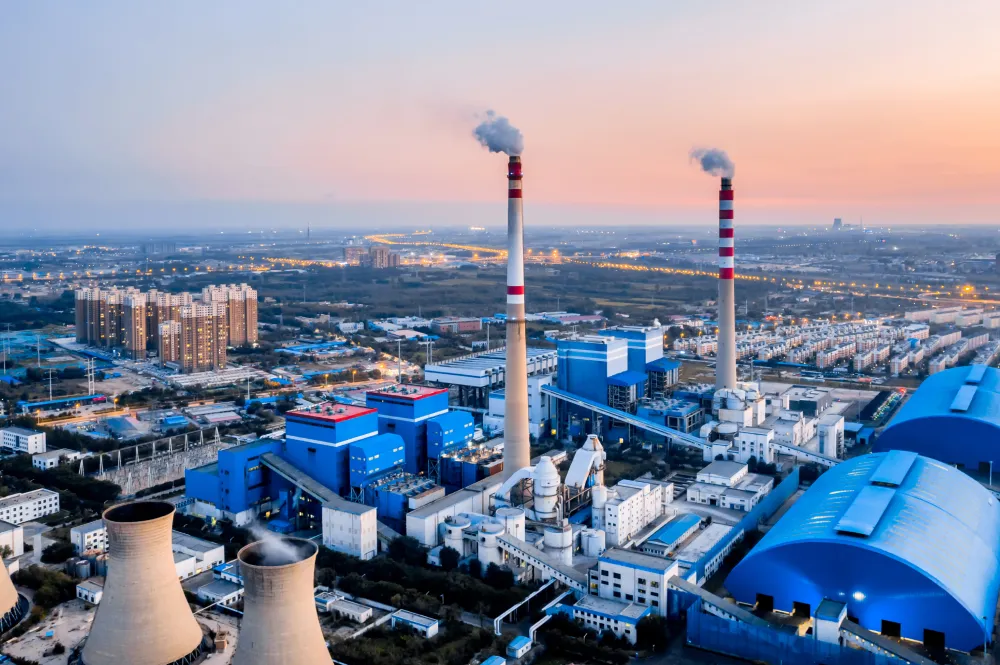Have China’s Carbon Emissions Peaked?

New figures show that China’s emissions are down 1.6% year on year in the first quarter of 2025, with clean power generation causing their CO2 emissions to fall, despite the demand for power growing rapidly.1
Clean Power
A surge in demand has been met by increased power generation from wind, solar, and nuclear sources, leading to a reduction in coal-fired power output. The growth in clean power generation has surpassed both current and long-term average electricity demand growth, decreasing the use of fossil fuels. This shift may also be attributed to ongoing efforts to shift China’s economy towards domestic consumption rather than relying on exports.
Although China’s CO2 emissions have been stable or falling for more than a year, it is only 1% below the latest peak. This means that it could easily fluctuate and rise once more. Unfortunately, renewable sources do not currently provide a constant and stable supply of electricity for the population, meaning that they still rely on coal. What’s more, hydropower – a renewable source that is currently amounting to a large percentage of their power – is seasonal, meaning any droughts in the warmer months could reduce its ability to generate electricity, further putting a need for reliance on coal and gas power plants.
Global Emissions
China’s substantial investments in wind and solar power have led to a decrease in its CO2 emissions. The country has installed over half of the global wind and solar generation capacity globally and is a world leader in manufacturing green technology including wind turbines and solar panels. These efforts are particularly significant given China’s considerable contribution to the rise in global emissions.
Paris Agreement
China has made a significant commitment to combat climate change, pledging to reduce its carbon intensity by 65% from 2005 levels by the year 2030. This ambitious target is a key component of its national efforts to transition towards a more sustainable and low-carbon economy.
Currently, interim targets are not being fully met, indicating that there is still considerable work to be done. The COVID-19 pandemic contributed to this slow-down, which disrupted economic activity and supply chains globally, impacting the progress of various environmental initiatives.
Future
China is at a pivotal moment in its clean energy journey, and to meet growing energy demands while striving to reduce its significant carbon emissions, they will need to prioritise the construction of new clean power generation facilities.
What’s more, the imposition of US tariffs could lead to an increase in China’s domestic energy demand, which would influence their need to implement policies designed to offset their impact.
The long-term outcome of these factors will determine whether China can achieve a sustainable energy future and if its carbon emissions have truly reached their peak.


